Nissan 370Z
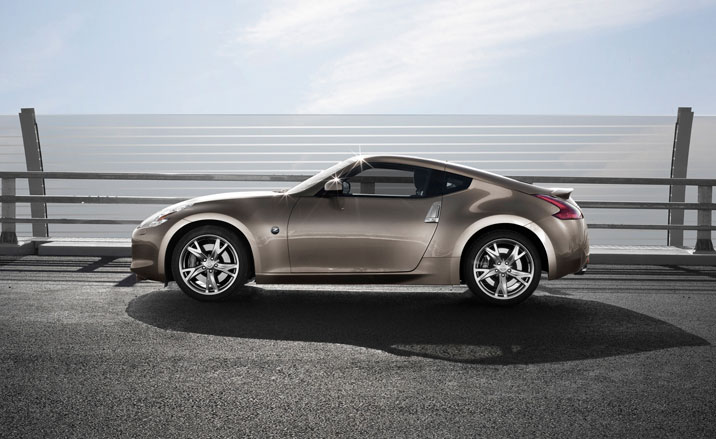
The characterful car is not as common as one might think. With every volume car-maker striving to reach a universal standard, many quirks and kinks have been ironed out of the market. Even the swiftest and most sporting offerings from the big car manufacturers exude a quiet competence that, dare we say it, sometimes edge towards the bland. Of course, if all you want from a car is a simple conveyance, cosseting anonymity can be right on the money. Short of investing in an expensive piece of true exotica or a dedicated track machine, cars that incite you to drive - without a destination in mind - are rather thin on the ground.
Nissan's 370Z is intended to be different. The latest incarnation of the Japanese company's fabled 'Z' car range, the 370Z comes refreshingly free of marketing back story and implied lifestyle associations. Nissan introduced the first 'Z-car' in the late 1960s. The 240Z (actually badged Datsun in export markets) was a tacit copy of the very best of European exotica and American muscle, a superb blend made by better by its underlying Japanese reliability. The Z-cars quickly earned a cult following; the current 370Z is the sixth generation in the line.
It might look vaguely exotic, but the 370Z is, above all, a Nissan, a product of one of Japan's largest, and oldest, motor manufacturers. Better known for humble city cars (and soon, electric cars), Nissan's sports cars have always struggled slightly with the brand's less than thrilling reputation. In the 21st century, Nissan has done much to change that perception, first with the all-new 350Z in 2003, then with the mighty GT-R in 2007, and now with the 370Z, introduced late in 2008 and on sale in Europe since the summer.
As a rear-wheel drive two-seater, the 370Z has plenty of competition, but none are styled with quite such naked aplomb. For the 370Z, the company has wielded its sizeable network of global design studios with aplomb, employing a full range of stylistic tricks to make sure the car stands out. The 370Z's profile emphasises the rear wheels, with large tyres wrapped in prominent arches and a cabin that tapers away sharply (to the obvious detriment of rear visibility). Nissan is happy to play fast and loose with current design convention and go for something that is truly original. Odd details abound. The boomerang-shaped rear lights, curious intersection of body panels and eccentric forms are quirky, if not entirely cohesive or elegant. On any other car, for example, the door handles would be nearly recessed into the bodywork, perhaps concealed in the manner of SEAT or Alfa Romeo. Instead, Nissan throws in a great big vertical slab of matt metal, a handle that makes a virtue of its clunkiness.
Inside, the cabin is well specified and more than tolerably well built. Switchgear isn't quite as solid as its German equivalents, but the entertainment and navigation systems feel and act smart enough (there's even an eco-mode in the satnav to seek out the most fuel efficient routes). The driver sits low and far back behind the bonnet, a position that feels practically over the rear axle. This combination of seating position and stance instils instant confidence, which is lucky, because the 3.7 litre V6 pushes out a more than ample 322 bhp. Even in automatic mode with the full suite of traction control technology armed and engaged, it's easy to push the rear end wide. Throw in slippery autumnal road conditions, and the 370Z can be easily provoked, although precise steering and perfect balance mean it's always easy to rein things back in.
Few contemporary cars have such deliberately provocative road manners. Of course, the 370Z can easily act all calm and collected, and the sensational acceleration makes joining highways a pulse-quickening pleasure. Ultimately, however, wind and tyre noise at cruising speeds robs the car of any true grand tourer ability, while the relatively hard ride and occasional creak from the interior also makes town driving something to avoid. No, the 370Z is a plaything first and foremost, a car that demands twisting, empty roads, as well as plenty of time in hand for an extended detour.
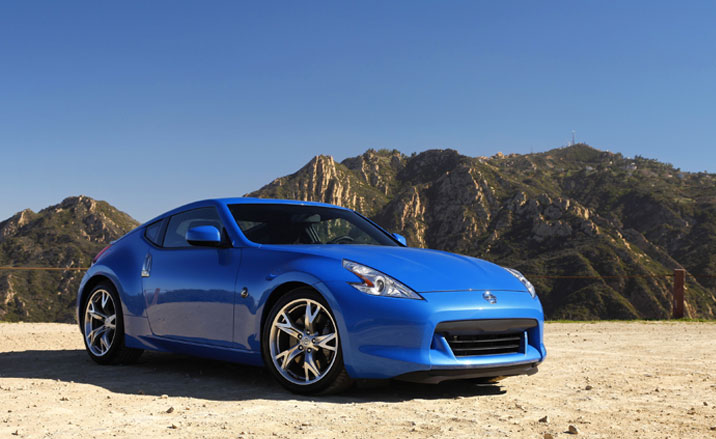
The large tyres are wrapped in prominent arches
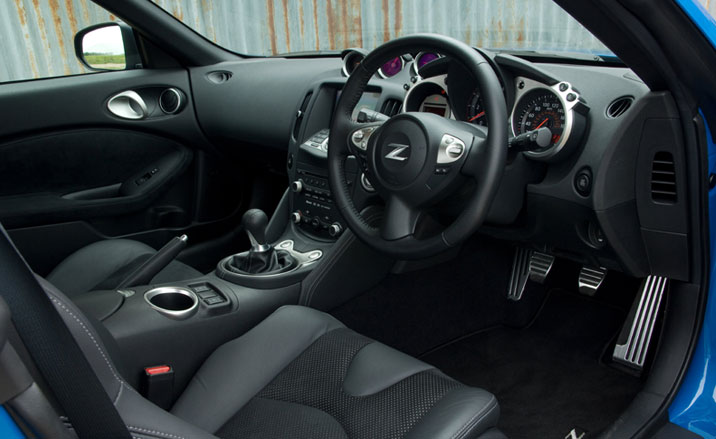
The driver sits low and far back behind the bonnet, a position that feels practically over the rear axle
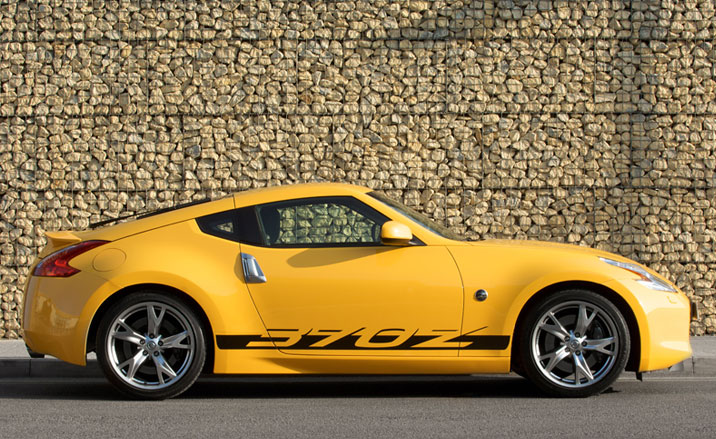
The cabin of the Nissan 370Z tapers away sharply
Receive our daily digest of inspiration, escapism and design stories from around the world direct to your inbox.
Jonathan Bell has written for Wallpaper* magazine since 1999, covering everything from architecture and transport design to books, tech and graphic design. He is now the magazine’s Transport and Technology Editor. Jonathan has written and edited 15 books, including Concept Car Design, 21st Century House, and The New Modern House. He is also the host of Wallpaper’s first podcast.
-
 Does Guillermo Del Toro’s Frankenstein summon the gothic flamboyance of Mary Shelley’s novel?
Does Guillermo Del Toro’s Frankenstein summon the gothic flamboyance of Mary Shelley’s novel?The visionary filmmaker was inspired by the famous 1931 adaptation of the book, but his long-gestating version is closer to its author’s astonishingly vivid tone
-
 Artist Shaqúelle Whyte is a master of storytelling at Pippy Houldsworth Gallery
Artist Shaqúelle Whyte is a master of storytelling at Pippy Houldsworth GalleryIn his London exhibition ‘Winter Remembers April’, rising artist Whyte offers a glimpse into his interior world
-
 Little gift ideas from the Wallpaper* editors
Little gift ideas from the Wallpaper* editorsThese micro icons, from design and beauty pieces to tech and fashion, are ideal for filling stockings this festive season
-
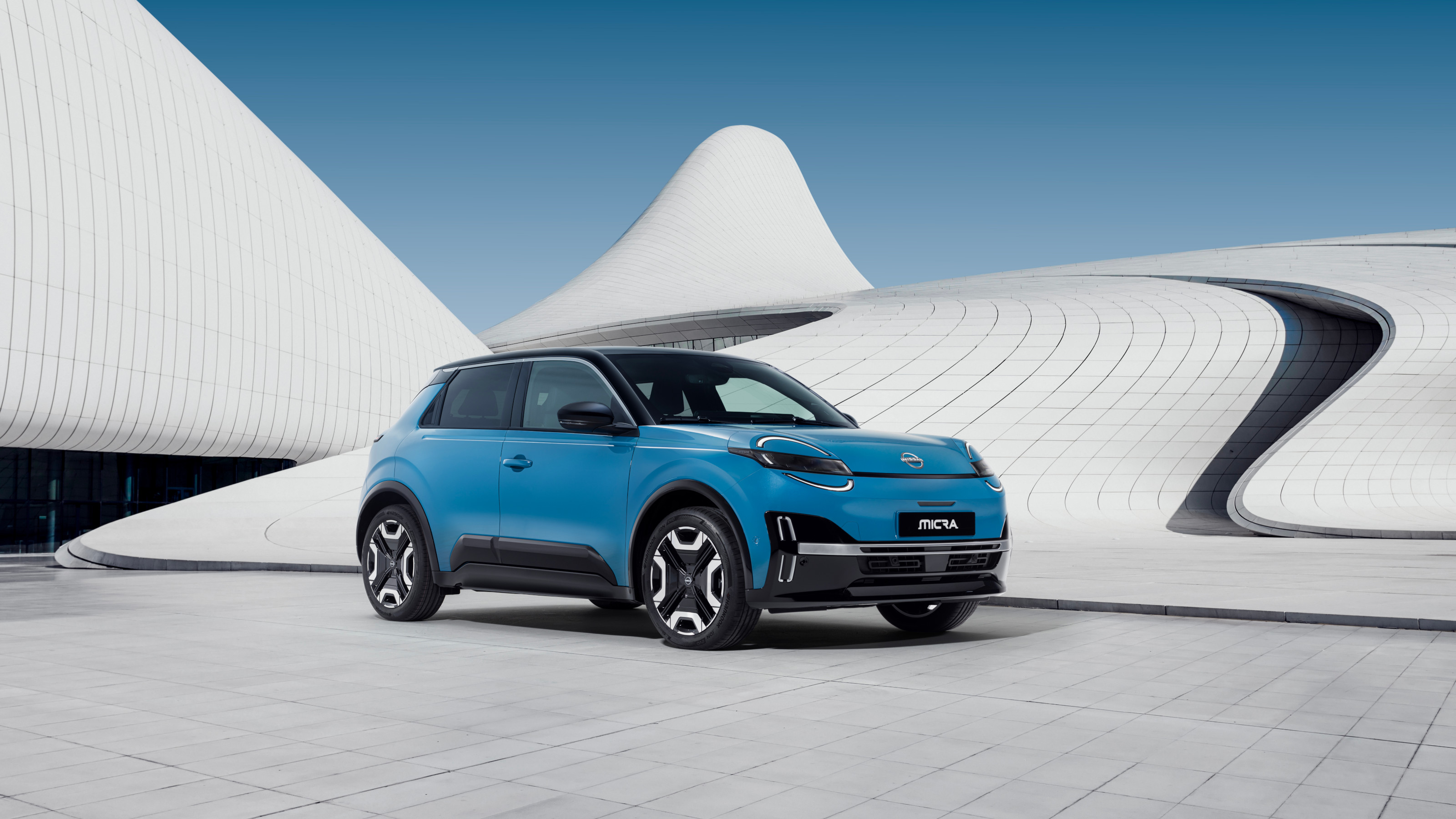 The Micra (finally) goes electric as Nissan ramps up its range of EVs
The Micra (finally) goes electric as Nissan ramps up its range of EVsThe compact Nissan Micra was once a global bestseller. After getting an early head start on electric mobility, the Japanese giant is looking to a new version of its small car to recharge its status
-
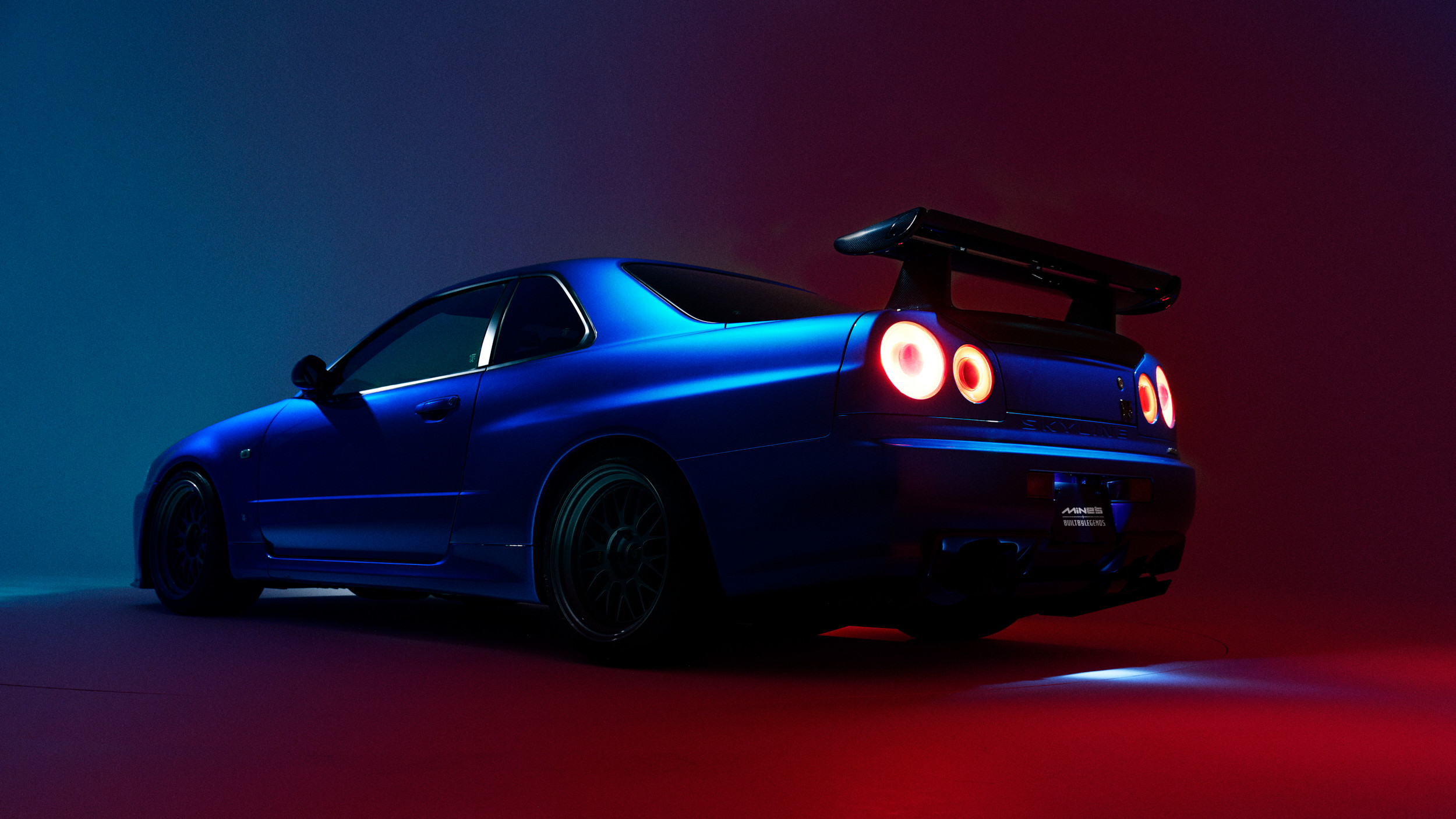 Tokyo firm Built By Legends gives fresh life to a performance icon, Nissan’s R34 GT-R
Tokyo firm Built By Legends gives fresh life to a performance icon, Nissan’s R34 GT-RThis Japanese restomod brings upgrades and enhancements to the Nissan R34 GT-R, ensuring the cult of the Skyline stays forever renewed
-
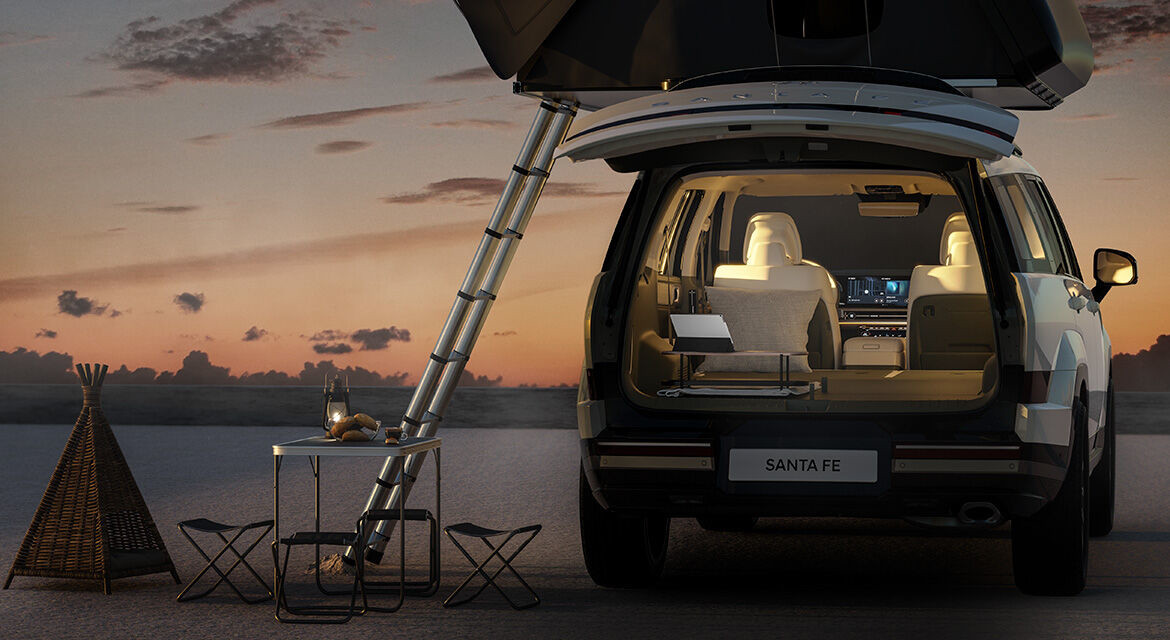 New-generation car camping and roof tents for luxury-loving adventurers
New-generation car camping and roof tents for luxury-loving adventurersCar camping is having a moment. While Hyundai and Porsche can get you kitted up, we explore other options
-
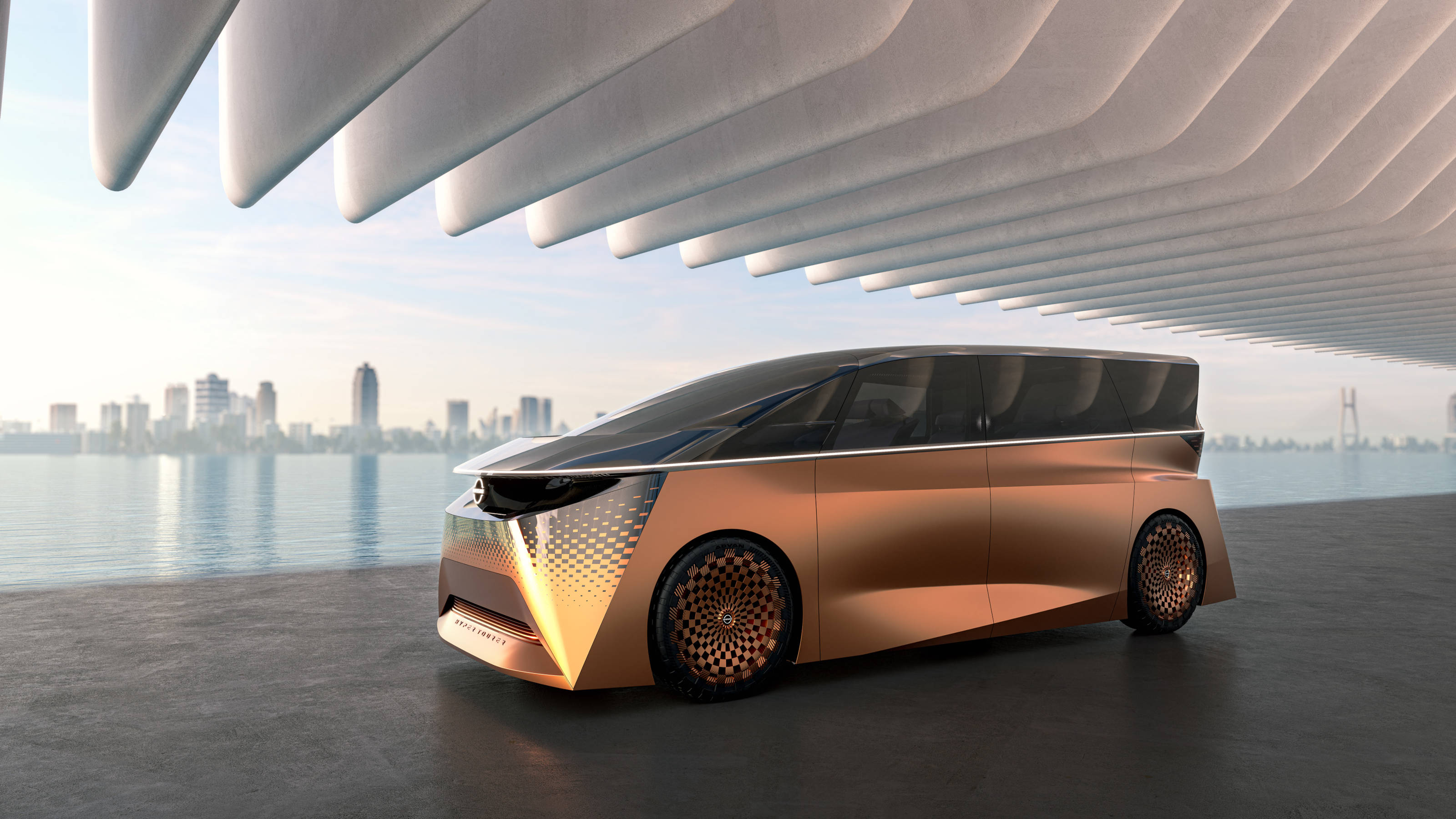 The debut Japan Mobility Show saw the country’s carmakers preview the near future
The debut Japan Mobility Show saw the country’s carmakers preview the near futureThe 2023 Japan Mobility Show offered up a vast array of futuristic transportation, from concept sports cars to autonomous taxis, and eVTOL aircraft
-
 Peugeot’s sparky 308 gets hybrid power and handsome lines
Peugeot’s sparky 308 gets hybrid power and handsome linesThe Peugeot 308 proves that mass-market design needn’t be dull, blending hybrid power with sharp lines and excellent detailing
-
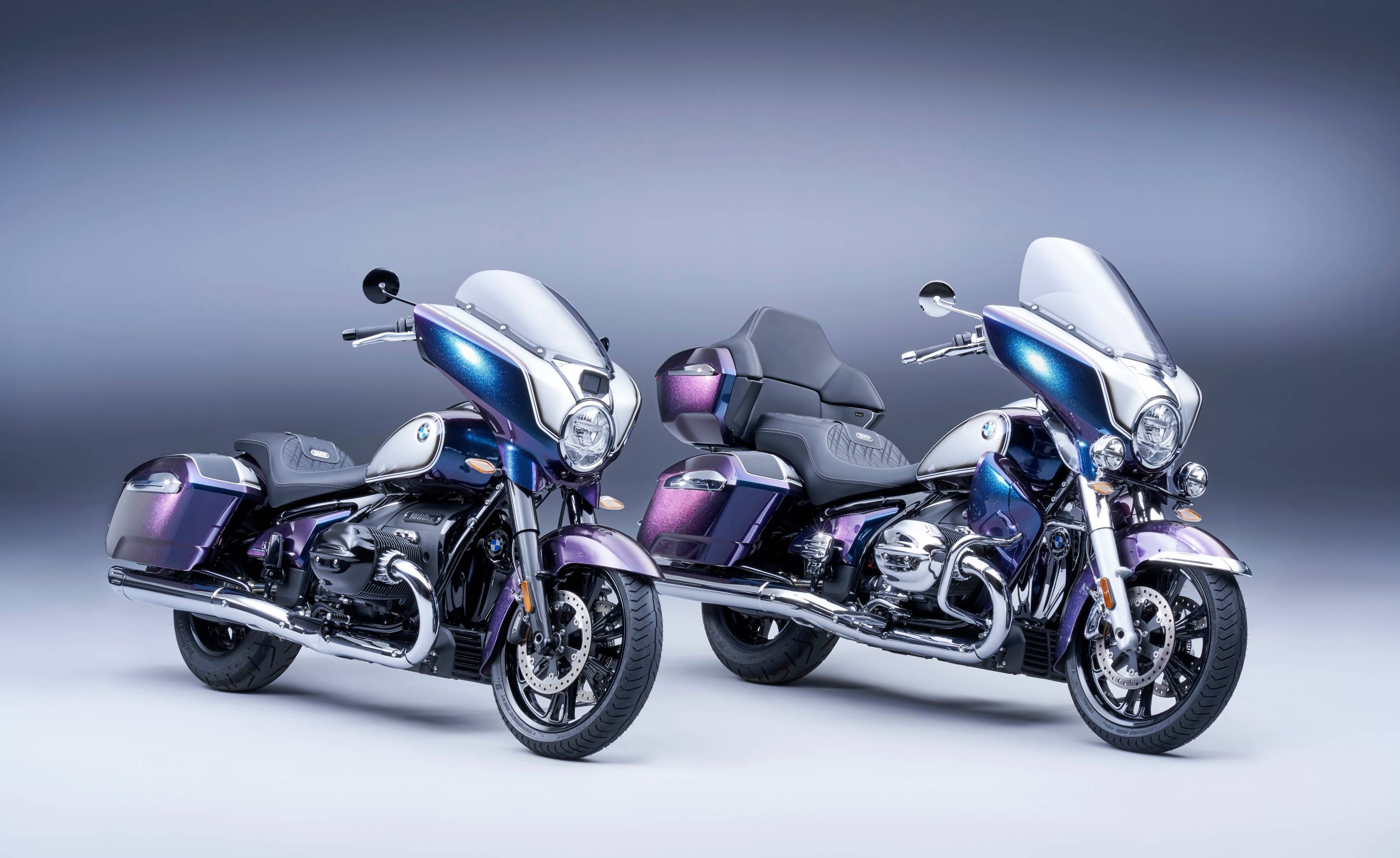 BMW Motorrad brings out the big guns for its newest cruisers
BMW Motorrad brings out the big guns for its newest cruisersBMW Motorrad R 18 Bagger and Transcontinental set the tone for high-voltage cruising with a brand collaboration with speaker specialist Marshall
-
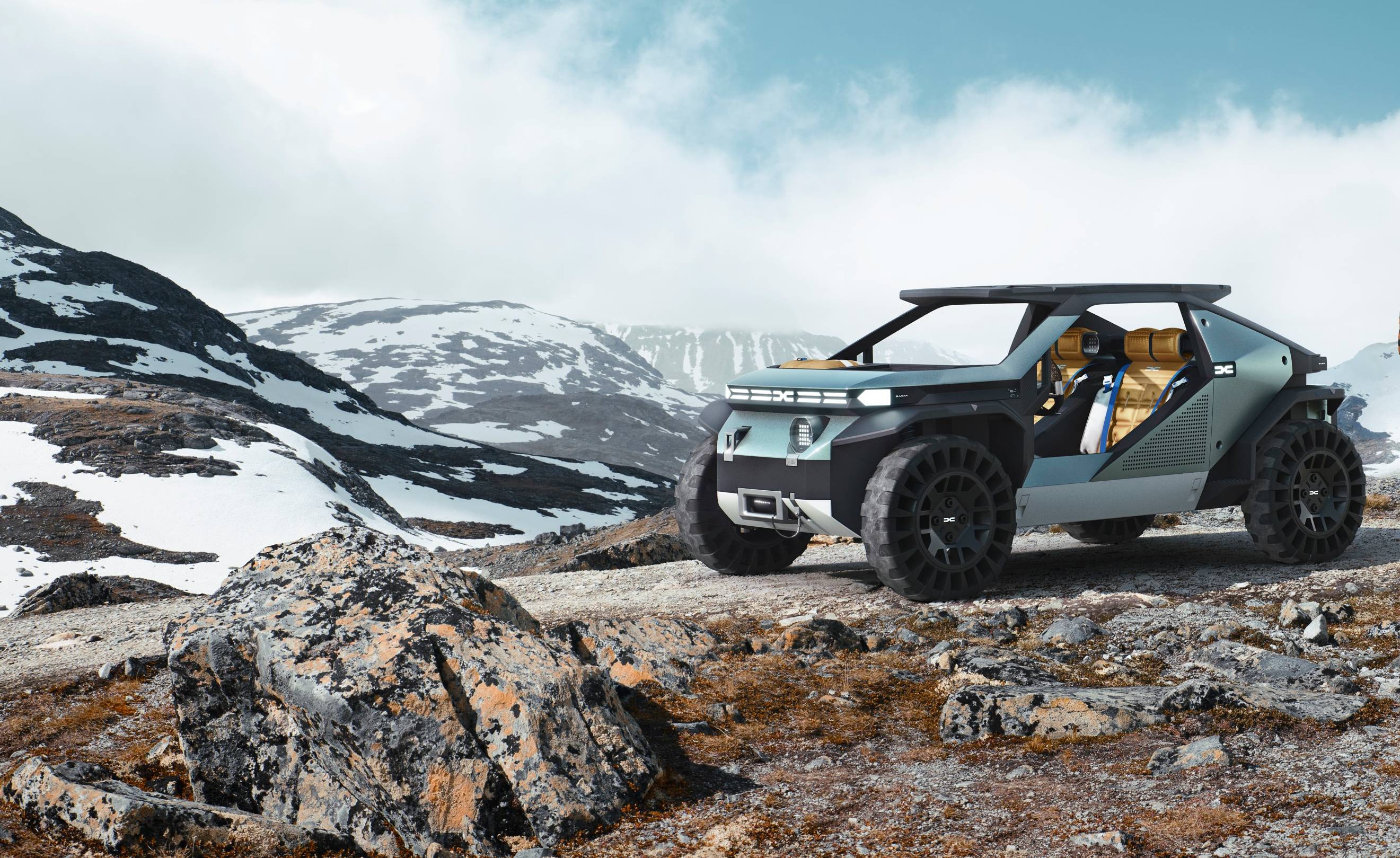 Dacia’s new Manifesto concept is a true outdoor utility vehicle
Dacia’s new Manifesto concept is a true outdoor utility vehicleUtilitarian auto brand Dacia sets a bold new agenda with its Manifesto, a concept car pitched at the active outdoor market
-
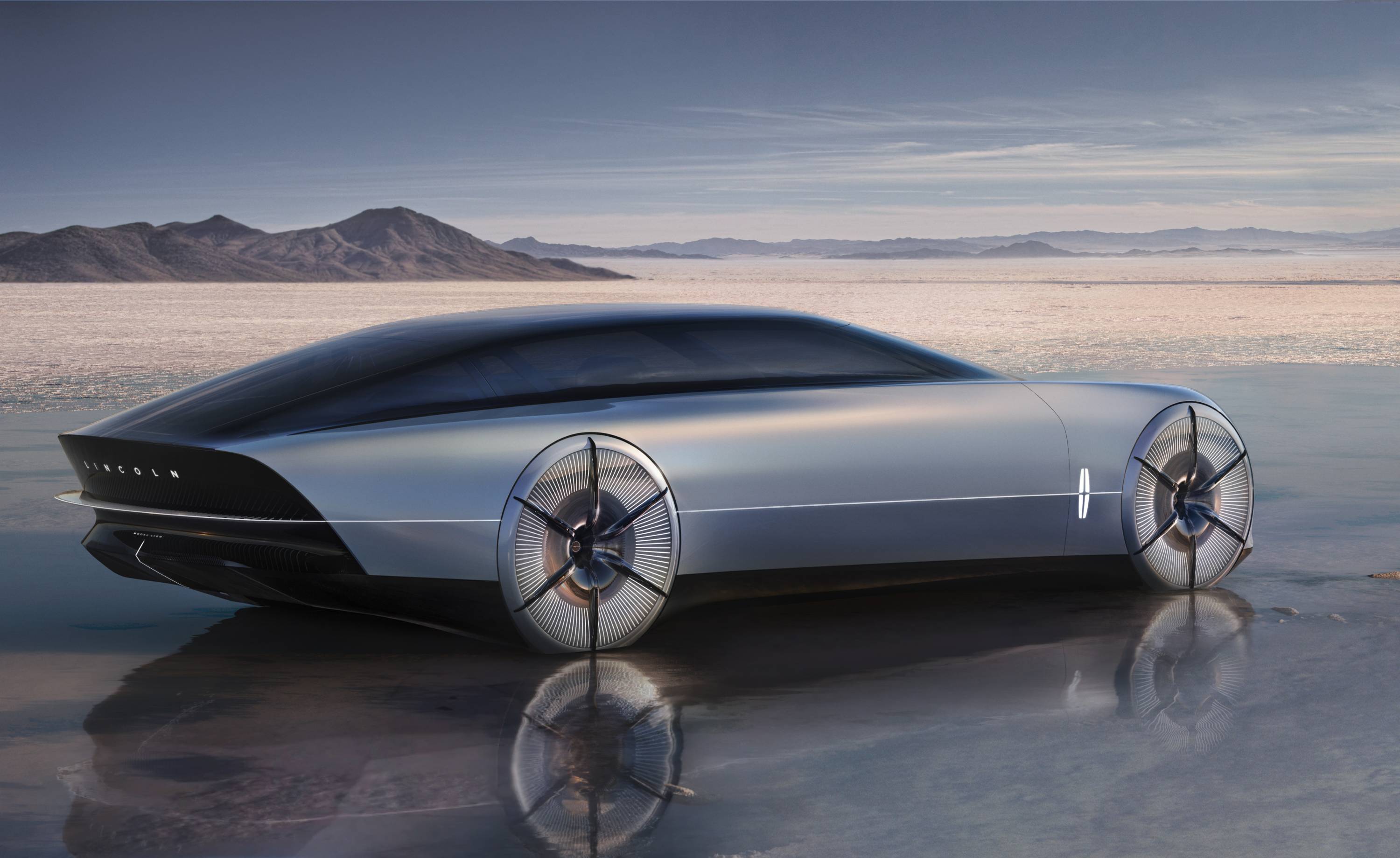 The sun sets on traditional supercars at California’s Monterey Car Week
The sun sets on traditional supercars at California’s Monterey Car WeekMonterey Car Week, the world’s most prestigious car gathering, is showcasing ever-more extravagant special editions, coachbuilt cars and all-new electric concepts. Here are seven key machines from 2022